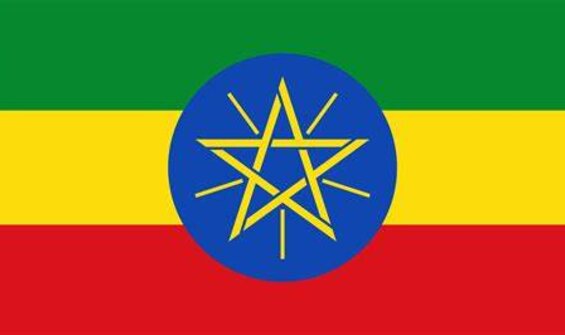Ethiopia
Ethiopia’s experience to strengthen coordination of health sector stakeholders through 'One Plan, One Budget and One Report' system
Ethiopia has made concerted efforts over the past couple of decades to harmonize and align the activities of the various stakeholders operating in its health sector. This has been driven by the need to improve aid effectiveness, enhance country ownership, and ensure all investments are geared towards achieving the nation's health priorities and goals.
A key milestone was the issuance of the Health Harmonization Manual (HHM) in 2007, based on the principles outlined in the Paris Declaration on Aid Effectiveness. The HHM provided an overarching framework to promote the agenda of "One Plan, One Budget, and One Report" across the health sector.
The implementation of health Harmonization and Alignment involves establishing joint governance structures and coordination platforms between the government and stakeholders of the health sector. The Joint Consultative Forum (JCF) was set up as the highest body co-chaired by the Ministry of Health and health partner groups to provide strategic guidance. The Joint Core Coordinating Committee (JCCC) acts as the technical arm supporting the JCF. Other mechanisms like Joint Review Missions and an Annual Review Meeting facilitate joint monitoring and accountability.
Extensive efforts have gone into institutionalizing an annual, participatory process of developing unified strategic plans and operational budgets that all stakeholders - government, donors, NGOs, private sector - are expected to align their activities and funding with. Resource mapping exercises aim to capture all funding flows to inform one sector-wide budget document preparation.
On the reporting front, steps have been taken to standardize health data capture, indicators, reporting tools and timelines across partners to move towards "One Report" using national health information systems.
Ethiopia has been effective in terms of developing one health sector strategic plan and operational plans through participation of stakeholders. In addition, efforts to exercise resource mapping and prepare one budget document have been in place to inform equitable distribution of resources and preclude duplication of efforts. In addition, the government revised the health information system with the principles of standardization, simplification and integration that resulted in establishing a unified reporting system.
The most important success factors in this regard were the extensive participatory process the government pursued to develop strategic plans and coordination strategies. In addition, the legal support related to registration and licensing of stakeholders to operate in Ethiopia has been key to enforce partners to abide by the system.
While progress has been made, challenges persist in realizing full harmonization and alignment. These include limited participation from some partners, continued fragmentation in funding flows, parallel efforts in planning and reporting by partners, and gaps in adherence to the established coordination mechanisms.
To address this, Ethiopia is recently revised its Health Harmonization and Alignment Guidelines (HHAG) to provide more robust implementation guidance. The new HHAG emphasizes enhanced monitoring and evaluation, documentation of best practices, capacity building of stakeholders, and institutionalizing stronger joint accountability mechanisms with clear roles, responsibilities and enforcement provisions.
Overall, the Ethiopian experience demonstrates the long-term efforts required to coordinate the multitude of stakeholders in a sector like health. It involves developing comprehensive policies, establishing robust governance structures, extensive consultative processes, country-led oversight, and a continuous cycle of assessment and course-correction. Sustained political leadership and mutual accountability appear to be critical enablers.
Prepared by:
Bantalem Yeshanew Yihun
Senior Health Information Systems (HIS) Advisor
Ministry of Health, Ethiopia
One Plan | All stakeholders of the health sector will have one agreed upon plan composed of planned activities of all of the stakeholders based on the priorities of the government identified to realize the national and international targets. One strategic plan developed through participatory process and in alignment with the priorities of the government will inform the development of unified sub-strategic and operational plans of the health sector. |
One Budget | It ideally means all funding for health activities pooled and routed through government channels. However, there is also widely followed definition of “one budget. “One budget” is that all funds for health activities are reflected in one plan and one documented budget but disbursed through separate channels. |
One Report | Means using one monitoring system and one monitoring calendar across all institutions, all institutions and stakeholders report according to the standard reporting format based on the common set of indicators and all stakeholders access data from a unified data source. |






